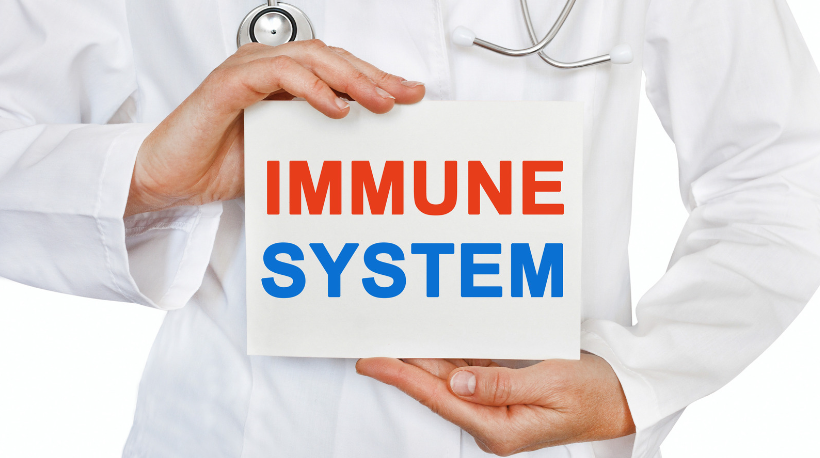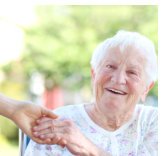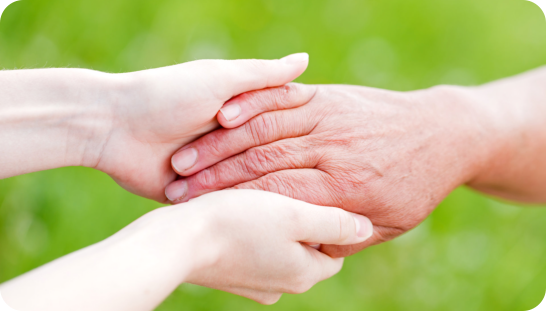Catching the Signs: Know the Four Stages of Pneumonia in Elderly Patients
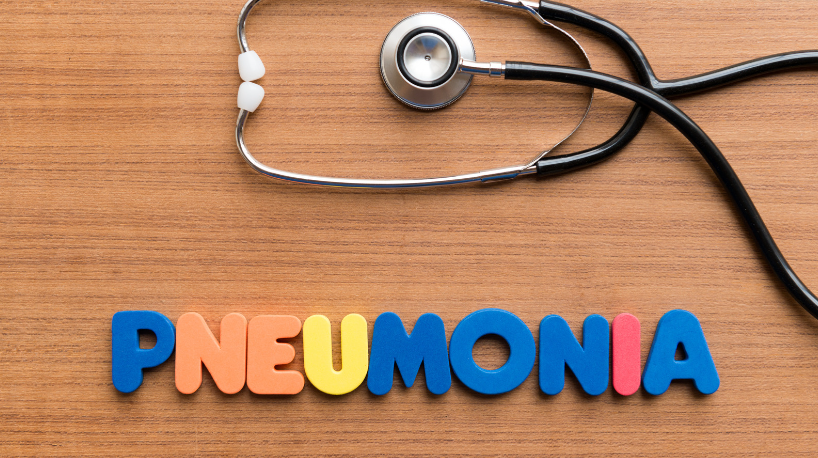
The body changes when we age, making us more susceptible to various health conditions. One such condition that poses a serious threat to elderly individuals is pneumonia. This lung infection can have dire consequences if not caught and treated early. This article aims to educate and inform you about the signs and stages of pneumonia in elderly patients. By understanding these stages, you can be better equipped to recognize the warning signs and seek timely medical intervention. Pneumonia can range from mild to severe, and its impact on the elderly can be life-threatening. By staying informed and vigilant, you can help protect yourself or your loved ones from the dangers of pneumonia. Join us as we delve into this crucial topic and arm ourselves with the knowledge to safeguard the health of our aging population.
Let’s Talk About Pneumonia
Pneumonia is a lung infection that affects people of all ages, but it can be especially harmful to vulnerable groups like the elderly. When someone has pneumonia, the air sacs in their lungs become inflamed and filled with fluid or pus, which can make it difficult to breathe. This condition can be caused by a virus, bacteria, or other harmful microorganisms. Depending on the infection’s severity and the person’s overall health, pneumonia can range from mild symptoms to life-threatening complications. Common symptoms of pneumonia include chest pain, coughing, fever, fatigue, and shortness of breath. Getting a prompt diagnosis and beginning treatment as soon as possible is important to prevent serious complications and promote full recovery.
As we age, our bodies undergo changes that make us more susceptible to various health challenges, and pneumonia is no exception. For elderly individuals, understanding why they face an increased risk of pneumonia is crucial to protect their well-being. Let’s explore the underlying factors that contribute to this vulnerability.
- Weakened Immune System: As we grow older, our immune system naturally weakens, reducing its ability to defend against infections like pneumonia. The decline in immune function makes it harder for the body to identify and combat pathogens effectively, increasing the likelihood of developing pneumonia.
- Age-Related Structural Changes: The aging process also affects the structure of the respiratory system. Elasticity in lung tissues decreases, making it harder for the lungs to expand and contract efficiently. Additionally, the airways may become narrower, impairing the clearance of mucus and debris, creating an environment conducive to bacterial growth.
- Pre-existing Health Conditions: Elderly individuals often have underlying health issues, such as chronic lung diseases (e.g., COPD), heart disease, or diabetes, which weaken their respiratory and overall health. These conditions create an environment where infections, like pneumonia, can easily take hold and worsen.
- Weakened Cough Reflex: A strong cough reflex is crucial for expelling mucus and pathogens from the respiratory system. However, in the elderly, this reflex may be less effective, allowing bacteria to accumulate in the lungs, leading to pneumonia.
- Immobility and Hospitalization: Bedridden or hospitalized elderly patients have an increased risk of developing pneumonia due to reduced physical activity, weakened cough reflexes, and exposure to hospital-acquired infections.
Understanding these factors enables us to implement preventive measures and offer proactive care to safeguard the health of our elderly loved ones.
Four Stages of Pneumonia in Elderly
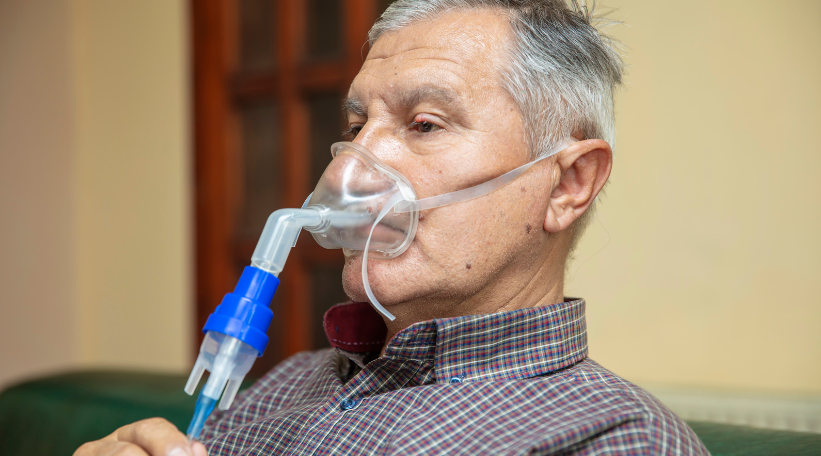
Pneumonia, a respiratory infection that poses significant risks to elderly individuals, progresses through four distinct stages, each marked by specific changes in the lungs and varying sets of symptoms. Understanding these stages is crucial for early detection and effective management of pneumonia in older adults. Let’s delve into each stage to gain valuable insights.
Stage 1: Consolidation
In the first stage, the infection takes hold in the lungs, causing inflammation and fluid buildup. The affected lung tissue becomes consolidated as air spaces fill with infectious material, hampering oxygen exchange. Symptoms during this stage may include:
- Mild cough
- Low-grade fever
- Fatigue
- Shortness of breath
Stage 2: Red Hepatization
During this stage, the infection continues to progress, and the lung becomes congested with red blood cells, leading to a liver-like appearance. Symptoms become more pronounced and may include:
- Persistent cough with blood-tinged phlegm
- High fever
- Increased breathlessness
- Chest pain
Stage 3: Gray Hepatization
The inflammation begins to subside in this phase, and the lung takes on a grayish color due to decreased blood flow. However, lung tissue remains solid due to cellular debris and fibrin. Symptoms may persist or worsen with:
- Severe cough
- Difficulty breathing
- High fever
- Chills
- General weakness
Stage 4: Resolution
In the final stage, the body’s immune response clears the infection, and the lung gradually heals. Symptoms improve, and the patient starts to regain strength and energy.
Remember, pneumonia can progress rapidly in the elderly, so seeking prompt medical attention when symptoms arise is essential. Early diagnosis and treatment help prevent complications and facilitate a faster recovery.
Preventive Measures for Elderly Patients
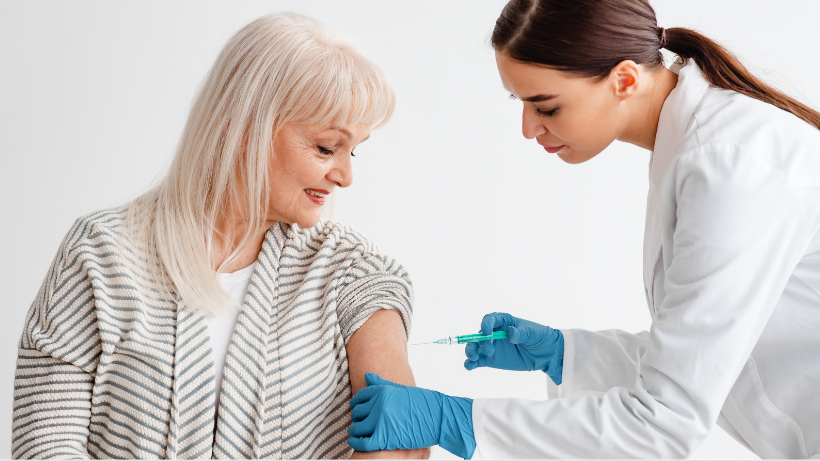
As the vulnerability to pneumonia increases with age, implementing preventive measures becomes crucial in safeguarding the health of elderly individuals. Adopting proactive strategies can significantly reduce the risk of pneumonia in this susceptible population. Here are essential preventive measures:
1. Vaccination
Encourage elderly patients to stay up-to-date with vaccinations, particularly the pneumococcal vaccine (PPSV23) and the influenza (flu) vaccine. These vaccines help protect against the most common pathogens responsible for pneumonia and influenza-related complications.
2. Healthy Lifestyle
Promote a balanced diet rich in nutrients to strengthen the immune system. Encourage regular exercise and physical activity to improve lung function and overall health. Adequate rest and stress management are vital in maintaining a robust immune response.
3. Avoiding Tobacco and Pollution
Advise against smoking and limit exposure to secondhand smoke. Additionally, minimize exposure to environmental pollutants and toxic substances that can compromise respiratory health.
3. Proper Hygiene
Emphasize the importance of handwashing to prevent the spread of infectious agents. Maintain good hygiene practices, especially during flu seasons or when in crowded places.
4. Prevent Aspiration
Educate caregivers and healthcare providers about proper feeding techniques to reduce the risk of aspiration pneumonia. Encourage patients to sit upright during meals and follow swallowing precautions when necessary.
5. Regular Health Check-ups
Schedule routine check-ups for elderly patients to monitor their overall health and detect any potential underlying conditions that could predispose them to pneumonia.
6. Avoiding Sick Contacts
Encourage elderly patients to avoid close contact with individuals who have respiratory infections or flu-like symptoms to minimize exposure to pathogens.
7. Immunocompromised Precautions
If an elderly patient has a weakened immune system due to chronic illnesses or medications, take extra precautions to protect them from infectious agents. Limiting visitors during flu outbreaks and using personal protective equipment may be necessary.
By incorporating these preventive measures into the daily lives of elderly patients, we can significantly reduce the risk of pneumonia and help them lead healthier and more fulfilling lives. It is essential to foster a supportive environment that prioritizes proactive healthcare for our senior loved ones.
Treatment for Pneumonia

Effective and timely treatment is crucial in managing pneumonia, especially in elderly patients more susceptible to severe complications. Medical interventions aim to eradicate the infection, relieve symptoms, and prevent potential complications. Here are the key aspects of treatment for stages of pneumonia in elderly:
1. Antibiotics
If the pneumonia is bacterial in origin, the healthcare provider will prescribe antibiotics to target the specific bacteria causing the infection. Elderly patients need to take the prescribed antibiotics as directed, completing the full course of treatment to ensure complete eradication of the infection.
2. Antiviral Medications
When a viral infection causes pneumonia, antiviral medications may be administered. These medications can help reduce the severity and duration of the viral infection.
3. Oxygen Therapy
For elderly patients experiencing difficulty breathing or low oxygen levels, supplemental oxygen therapy may be provided. This helps ensure adequate oxygenation of the body and supports lung function during the healing process.
4. Pain and Fever Management
Over-the-counter pain relievers and fever reducers, like acetaminophen or ibuprofen, may be recommended to alleviate discomfort and reduce fever.
5. Respiratory Support
In severe cases, especially if pneumonia leads to respiratory failure, elderly patients may require mechanical ventilation to assist with breathing. This is provided in an intensive care unit (ICU) setting.
6. Hydration and Rest
Encouraging the elderly patient to drink plenty of fluids and get ample rest is essential for a faster recovery and to help the body fight off the infection.
7. Hospitalization
In severe cases, hospitalization may be necessary, especially if the elderly patient has underlying health conditions that increase the risk of complications. Hospitalization allows for closer monitoring and more intensive medical care.
It is crucial for caregivers and healthcare providers to closely monitor the elderly patient’s progress throughout treatment. While many cases of pneumonia can be effectively treated on an outpatient basis, some elderly patients may require more intensive care and monitoring.
Recovering From Pneumonia: A Steady Path to Wellness
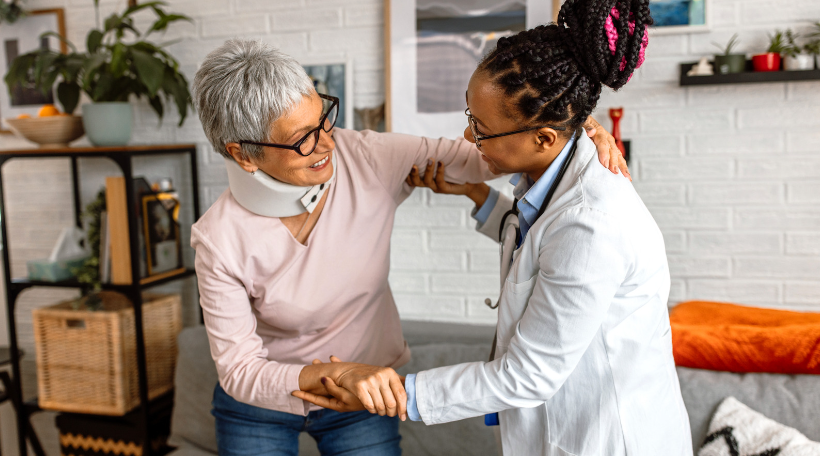
For generally healthy older adults, pneumonia recovery typically spans several weeks, but for elderly patients with underlying health conditions, it may extend even longer. Severe cases often demand hospitalization until stability is achieved for a safe return home.
Once back home, in-home assistance becomes invaluable. Severe pneumonia can leave lasting impacts, like breathing difficulties, necessitating personalized care. In-home caregivers offer crucial support with daily activities such as bathing, cooking, and cleaning, tailored to the patient’s specific recovery needs.
Through the collaborative efforts of healthcare professionals and compassionate in-home caregivers, the journey to full recovery becomes smoother, allowing elderly individuals to focus on reclaiming their well-being and enjoying an improved quality of life.
Final Thoughts
Understanding the impact of pneumonia on the elderly is of utmost importance. Early detection and awareness of the four stages of this condition are crucial in safeguarding the well-being of our loved ones. Recognizing the initial signs and symptoms allows for timely medical intervention, potentially preventing the progression to more severe stages and complications. By staying informed, we can actively support the elderly and ensure they receive the care they need.
If your loved one has been diagnosed with pneumonia and requires utmost attention in their recovery, trust the dedicated caregivers from Serenity Senior Care. With a compassionate and skilled team, Serenity Senior Care offers personalized care plans tailored to the unique needs of each individual. Our caregivers prioritize the health and comfort of your loved ones, providing professional assistance and companionship throughout their healing journey. Let Serenity Senior Care be your partner in ensuring a safe and nurturing environment for your elderly family members.

